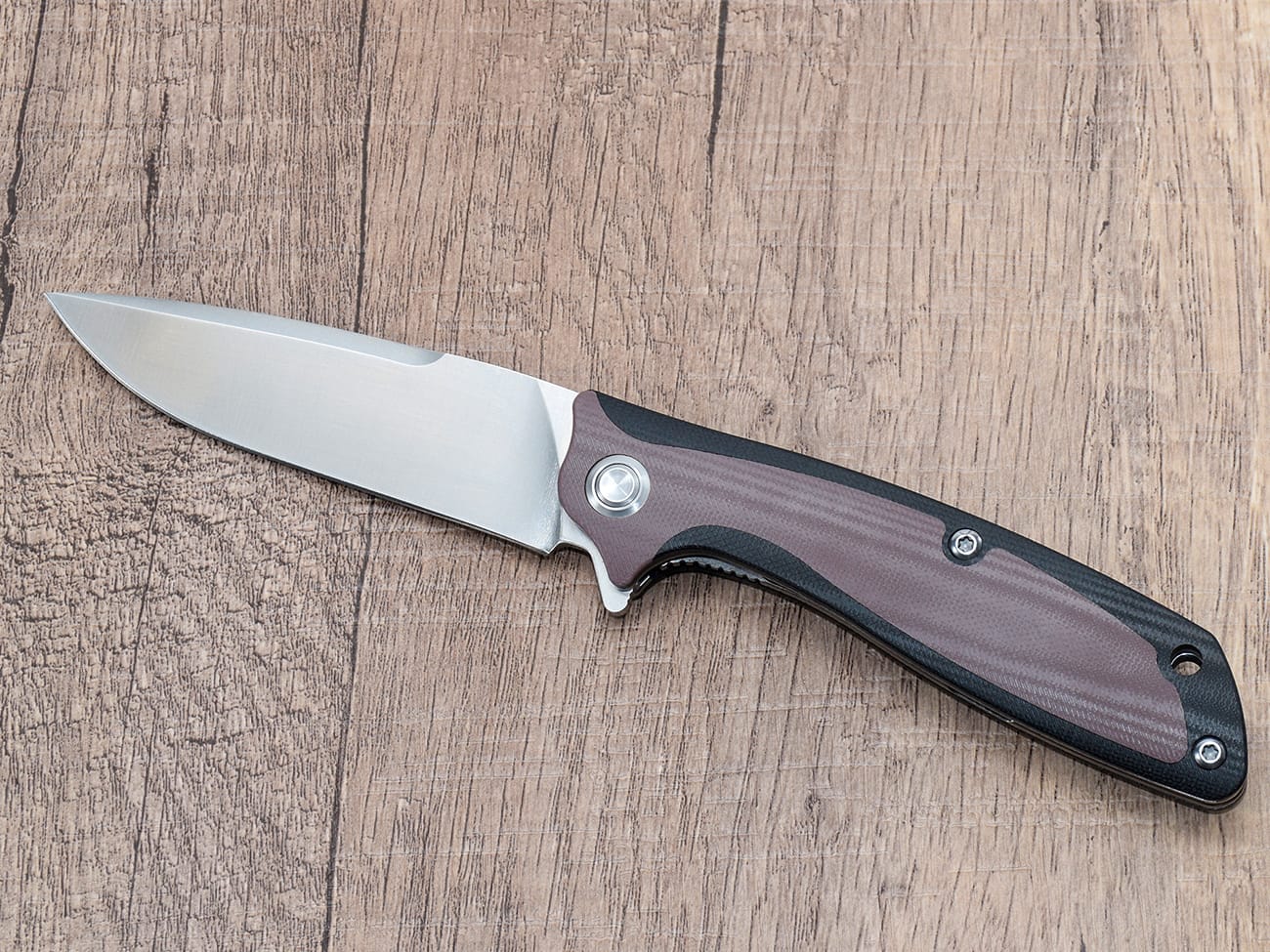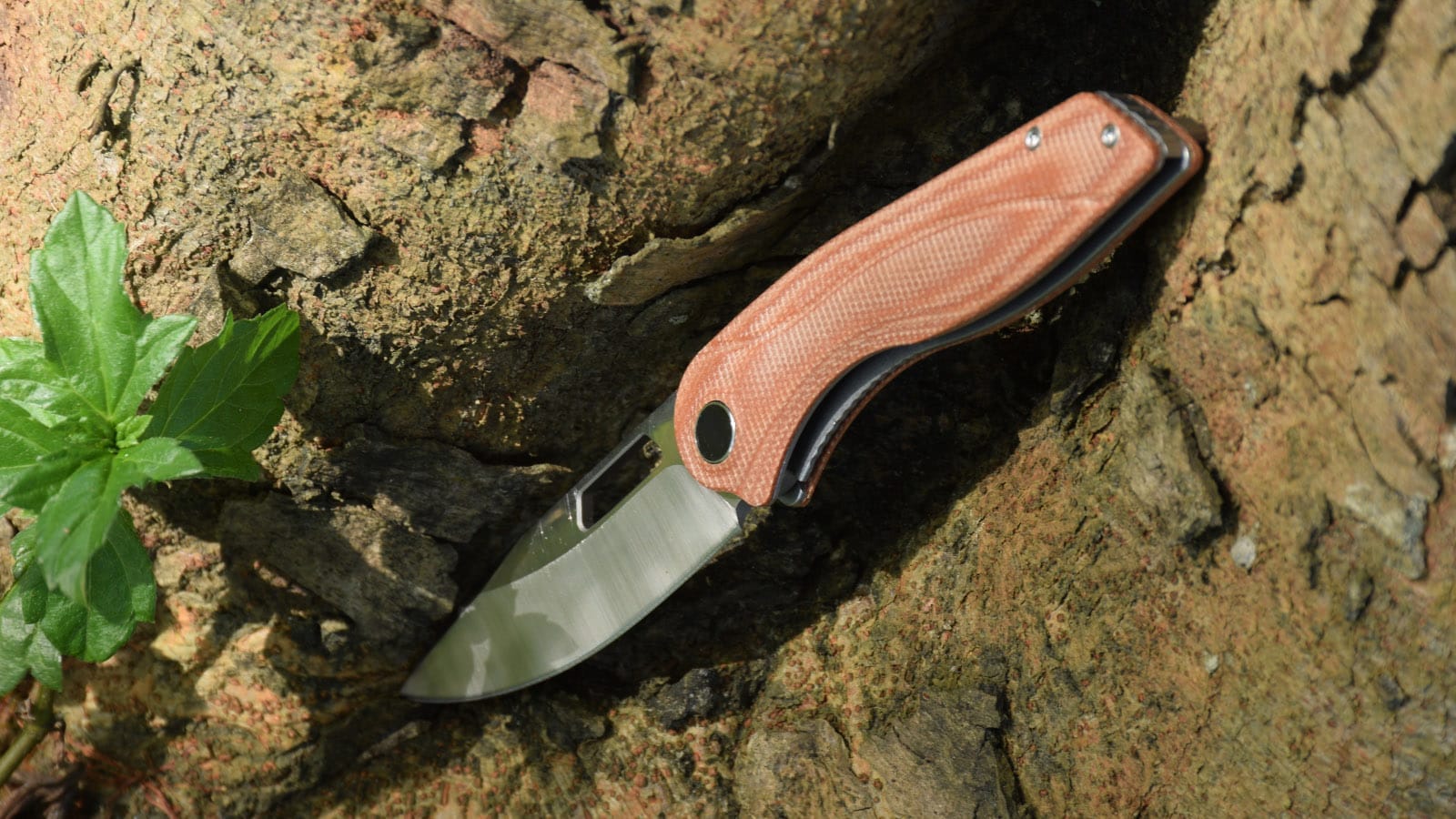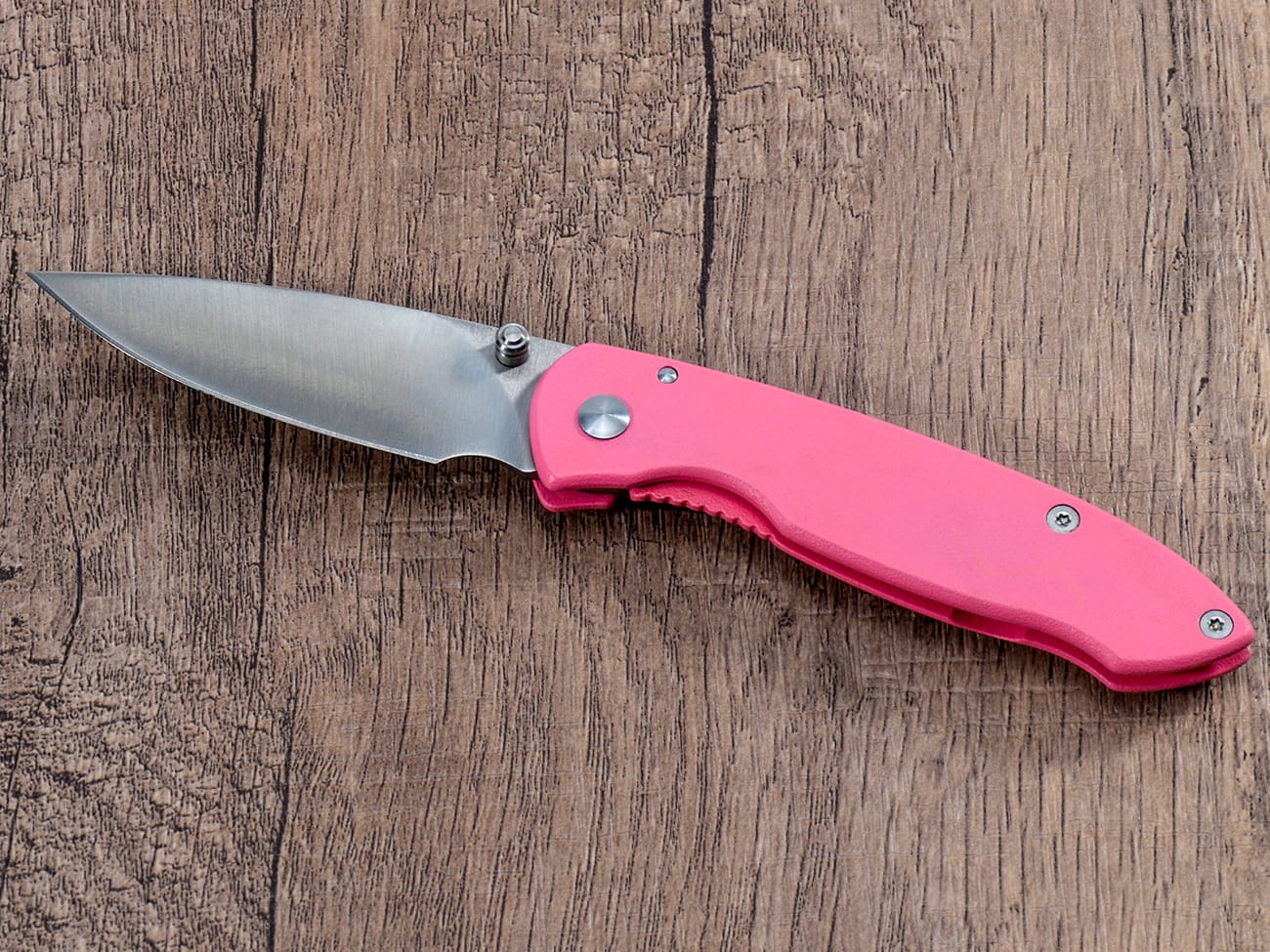Are you fascinated by the allure of a well-crafted knife? If so, you’re in for a treat! Today, we’re diving deep into the world of stonewash finishing – a technique that’s revolutionizing the appearance and performance of knife blades. Whether you’re a seasoned collector or a curious newcomer, this article will shed light on why stonewash finishes have become a popular choice among knife enthusiasts and manufacturers alike. Get ready to explore the science, aesthetics, and practical benefits of this intriguing blade treatment!
What is Stonewash Finishing?
Stonewash finishing is a blade treatment process that gives knives a distinctive, worn-in appearance while enhancing their durability. But how exactly does it work?The stonewashing process involves tumbling knife blades with small, abrasive materials like ceramic or stone particles. This tumbling action creates a unique, textured surface on the blade, resulting in a matte, slightly scratched appearance that many find visually appealing.
Why Choose a Stonewashed Blade?
There are several compelling reasons why knife enthusiasts and manufacturers opt for stonewashed finishes:
- Aesthetic appeal: The rugged, weathered look of a stonewashed blade appeals to many knife lovers.
- Durability: The textured surface helps hide scratches and wear, making the knife look good for longer.
- Reduced glare: The matte finish reduces reflections, which can be beneficial in certain situations.
- Corrosion resistance: Some stonewashing processes can improve the blade’s resistance to rust and corrosion.
The Stonewashing Process: How It’s Done
Let’s take a closer look at how knife makers achieve that perfect stonewashed finish:
- Preparation: The blade is cleaned and inspected for any imperfections.
- Tumbling: The blade is placed in a tumbler with abrasive materials like ceramic media.
- Duration: The tumbling process can last anywhere from a few minutes to several hours, depending on the desired finish.
- Cleaning: After tumbling, the blade is thoroughly cleaned to remove any residue.
- Inspection: The finished blade is examined to ensure the desired effect has been achieved.
Types of Stonewash Finishes
Not all stonewashed finishes are created equal. Here are some popular variations:
- Light stonewash: A subtle finish with minimal texture
- Heavy stonewash: A more pronounced, rugged appearance
- Acid stonewash: Combines acid etching with stonewashing for a unique look
- Color stonewash: Incorporates dyes or coatings for a colorful finish
Stonewash vs. Other Blade Finishes
How does stonewashing compare to other popular blade finishes? Let’s find out:
| Finish Type | Appearance | Durability | Corrosion Resistance |
|---|---|---|---|
| Stonewash | Matte, textured | High | Good |
| Satin | Smooth, semi-reflective | Moderate | Moderate |
| Mirror Polish | Highly reflective | Low | Poor |
| Bead Blast | Uniform matte | Moderate | Good |
Pros and Cons of Stonewashed Blades
Like any knife finish, stonewashing has its advantages and disadvantages:Pros:
- Hides scratches and wear
- Provides a non-reflective surface
- Can improve corrosion resistance
- Offers a unique, rugged aesthetic
Cons:
- May affect the blade’s cutting performance
- Can be more expensive than simpler finishes
- Not ideal for those who prefer a polished look
How Does Stonewashing Affect Blade Performance?
While stonewashing primarily affects a blade’s appearance, it can also impact its performance:
- Edge retention: The tumbling process may slightly dull the edge, requiring initial sharpening.
- Cutting ability: The textured surface can increase friction when cutting, potentially affecting smoothness.
- Corrosion resistance: The process can create a protective layer that enhances rust resistance.
Caring for Your Stonewashed Blade
To keep your stonewashed knife in top condition:
- Clean regularly with mild soap and water
- Dry thoroughly after cleaning or use
- Apply a light coat of mineral oil to prevent rust
- Sharpen as needed, being careful not to alter the finish
Popular Knife Types with Stonewash Finishes
Stonewashed finishes can be found on various knife types:
- Folding knives
- Fixed blade knives
- Tactical knives
- Everyday carry (EDC) knives
- Outdoor and camping knives
DIY Stonewashing: Is It Possible?
While professional stonewashing yields the best results, some knife enthusiasts attempt DIY methods:
- Use a rock tumbler with ceramic media
- Employ household items like pebbles or nuts and bolts
- Experiment with different tumbling times and materials
Caution: DIY stonewashing can damage your knife if not done properly. It’s best to leave it to the professionals unless you’re experienced.
Stonewash Finishes and Knife Materials
The effectiveness of stonewashing can vary depending on the blade material:
- Stainless steel: Takes well to stonewashing, with good corrosion resistance
- Carbon steel: Can develop an attractive patina over time
- Damascus steel: Stonewashing can enhance the pattern, creating a unique look
The Future of Stonewash Finishing
As knife manufacturing techniques evolve, we can expect to see:
- New variations of stonewash finishes
- Improved durability and performance
- Combination with other finishing techniques for unique effects

Choosing the Right Stonewashed Knife for You
When selecting a stonewashed knife, consider:
- Your intended use (EDC, outdoor activities, etc.)
- Blade material and its compatibility with stonewashing
- The level of stonewashing (light vs. heavy)
- Your budget and preferences for aesthetics
Stonewash Finishes in the Knife Industry
Many renowned knife makers and brands offer stonewashed options:
- Spyderco
- Benchmade
- Zero Tolerance
- Custom knife makers
Frequently Asked Questions About Stonewash Finishes
- Does stonewashing affect the knife’s hardness? No, stonewashing doesn’t typically affect the blade’s hardness.
- Can a stonewashed finish be removed? While challenging, it’s possible to remove through extensive polishing.
- Are stonewashed blades more expensive? They can be slightly pricier due to the additional finishing process.
- How long does a stonewash finish last? With proper care, a stonewash finish can last the lifetime of the knife.
- Can all types of knives be stonewashed? While most can, some specialized knives may not be suitable for stonewashing.
Conclusion: Is a Stonewashed Blade Right for You?
Stonewash finishing offers a unique blend of aesthetics and functionality that appeals to many knife enthusiasts. Its ability to hide wear and tear while providing a rugged, attractive appearance makes it a popular choice for everyday carry and outdoor knives. However, the decision ultimately comes down to personal preference and intended use.Key takeaways:
- Stonewash finishes offer a rugged, attractive appearance
- They can improve durability and corrosion resistance
- The process may slightly affect cutting performance
- Proper care is essential to maintain the finish
- Consider your needs and preferences when choosing a stonewashed knife
Whether you’re drawn to its unique aesthetic or appreciate its practical benefits, a stonewashed blade can be an excellent addition to your knife collection. As with any knife purchase, research thoroughly and choose a reputable manufacturer to ensure you get a high-quality product that meets your needs.




